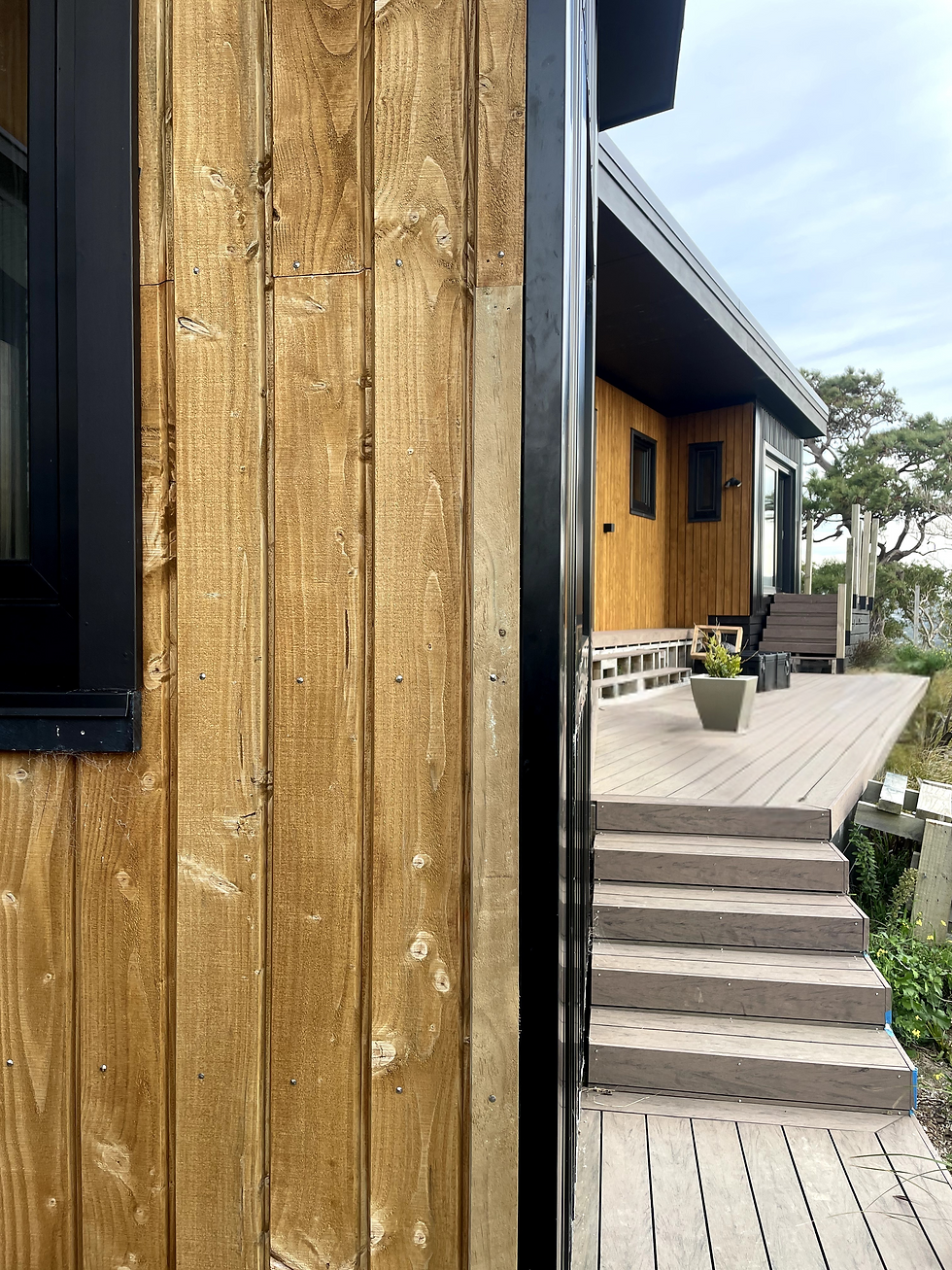A Guide To Understanding and Comparing Builders Quotes
- Sheryl Sua
- Feb 27, 2024
- 4 min read
Updated: Mar 15, 2024
Wellington Builders | Design & Architecture Services | Eco-Friendly Design | High Performing Home | Structural Insulated Panels | Energy-Efficient Home

If a leak develops under your kitchen sink and you require a plumber to fix it, the plumber will provide you with a quote for the job. However, the cost may seem too high, so you might want to contact other plumbers to get additional quotes before deciding.
This is a common practice when making important decisions, such as building a house, to ensure that you are comparing prices and getting the best deal possible.
Unfortunately, reading the total figure at the bottom of the quote shouldn’t be your guide as to which company to go with. There are a few things you need to be aware of, before making your decision, because not all quotes are the same. This includes quotes for high-performing homes too.
To avoid any misunderstandings further down the track, you need to check that everything has been written in the documentation you’ve received from your builder. But how do you know what you don’t know?
That’s what we’re here to clarify!
PC SUMS
A PC sum stands for ";provisional sum" which is an estimated figure provided by the builder because it's challenging to determine the actual cost until that part of the project is finished. For instance, the cost for "plumbing, gas, and drainlaying" may be a PC sum because the plumbing subcontractor may not know the exact cost until they dig the soil of connecting into existing services and/or may not even know what services are there. If the builder hasn't received a quote from the plumber for this work, it would be very risky for them to lock in a price.
TAGS
"Tags" is a term used in the building industry to refer to bullet points listed below a quote. These points break down everything the builder has included in their costings, as well as those that they haven't. They may include items such as "no allowance has been made for any Council fees or documentation", "no allowance has been made for wardrobe fit-outs" or "no allowance for surveying or set-out of the site". It is crucial to read every single one of these items and understand what you expect your builder to do. If you can't see something listed, discuss it with them instead of assuming it's included.
The tags may also expand on quotes given by sub-trades as they often have these in the pricing they give to the builder. For example, are you expecting your builder to install a letterbox, clothesline, or fence? Have they included the cost of hiring scaffolding, a portable toilet, the supply of power, rubbish removal at the end of the project, or any specialist tools or equipment?
We also encourage you to run all documentation past a lawyer before you sign anything and to have conversations with friends or family members who have built their own homes, to determine if there’s anything you may have missed in the quotes.
We suggest having all the quotes emailed to you so that you can create one spreadsheet listing each line item side-by-side, making it easy to compare the quotes. Sometimes, the cheapest offer may end up costing more in the long run. For instance, Builder A's quote may seem like a good deal at $850k, but they have not included interior and exterior painting in their quote. Builder B, on the other hand, has quoted $950k, but this includes all paintwork. Meanwhile, Builder C has not added any tags to their quote, so it’s
unclear as to what they have and haven’t included!
The more detailed the quote you receive is, the better it is for you. It’s very important that you have a good relationship with your builder. This is a very emotionally charged adventure and it’s critical that everyone can relate easily to each other as it’s inevitable that questions arise during the project and ‘issues’ always arise that need to be dealt with.
CONTINGENCY
As in any project, there are going to be unforeseen costs that will arise. We strongly recommend not embarking on your house build unless you have an additional 10% of the house build total set aside for a contingency. If you don’t have one, you may have to make sacrifices on the way through the project to be able to complete it.
ESTIMATES
Finally, if you receive an "estimate" rather than a "quote" the bottom-line figure is subject to change. If you accept a builder's estimate, make sure you ask them to requote when the build starts, as there are likely to have been price increases since you received the initial figure.
We hope this has been helpful! It's crucial to have a clear understanding of the project requirements right from the start as it leads to a smooth construction process and a positive relationship between the client and builder. Although there might be some challenges along the way, addressing as many issues as possible at the beginning makes for a better working relationship in the long run.
At Green Abode, we are incredibly proud of our ability to build lasting relationships with our clients. We don't just construct SIP homes. We value people, and we enjoy helping people create a home that they and their loved ones can be proud of for years to come.
So, if you're looking to build your dream home with a company that cares not only about the planet but more about people, we'd love to chat and see how we can help! Email us: kevin@greenabode.co.nz

.png)



Comments